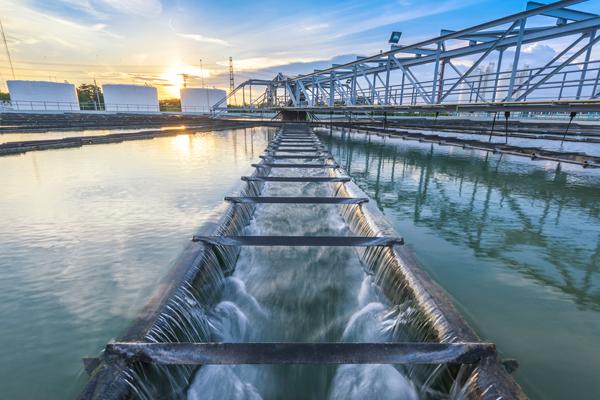
A Water Treatment System Anywhere, Anytime
Regularly flushing water mains is important to help ensure high-quality water. Unfortunately, the traditional flushing method used to waste as many as 6 million gallons of water per year. Fortunately, there is now a better way.
San Jose Water (SJW) has deployed in 2015a “NO-DES” truck. This truck was the second truck purchased by a utility in the country. NO-DES stands for Neutral Output Discharge Elimination System. The NO-DES truck uses a flushing method that virtually eliminates water waste while doing a better job of cleaning water mains. The NO-DES approach maintains a closed system to keep water both clean and within the water distribution system. This remarkable new technology enables SJW to provide customers with high-quality water in an environmentally friendly and sustainable fashion.
Benefits of the NO-DES truck water treatment system
But why do we need a flushing system anyway? While the sediments that build up in water mains aren’t harmful, regular flushing helps maintain high water quality and prevent discoloration by removing these sediments from the mains. SJW is committed to providing its customers with the highest-quality water possible, while maintaining sustainable business practices.
Until recently, however, (and this is still the case throughout most of the country), the best way to flush out water mains was by opening up fire hydrants and letting water flow out at high speeds to scour the mains and remove buildup in pipes. With this method, the high velocity of the water dislodges deposits and fine sediment, and discolored water leaves the distribution system through the open hydrants, runs down the street and out to sewers or storm drains. Seeing all of that water run down the drain can be pretty alarming to customers, especially those who are asked to limit water usage during times of drought.
NO-DES trucks address these concerns by virtually eliminating the water waste. The system links two hydrants with a pump, an oversized fire hose and a filtration system mounted on top of a flatbed truck, and then circulates the water at high speeds in a loop between the two hydrants. In the process, the water passes through filters, which remove sediment and particulates before it is returned to water pipes via the hydrants.
Additionally, NO-DES flushing is more effective than the traditional method. Fully cleaning neighborhood pipes requires a flushing speed of at least 3 feet per second (FPS). The traditional method rarely reaches 2 FPS, while the NO-DES flushing method achieves an average or 4-5 FPS.
During NO-DES flushing, customers can still use their water, but they may temporarily experience discoloration or cloudiness. To minimize the impact during flushing activities, flushing occurs only during the day, when most people are at school or work.
The NO-DES truck is one of the many ways SJW is working to provide the cleanest, clearest, most sustainably managed water it can to its customers throughout the area.